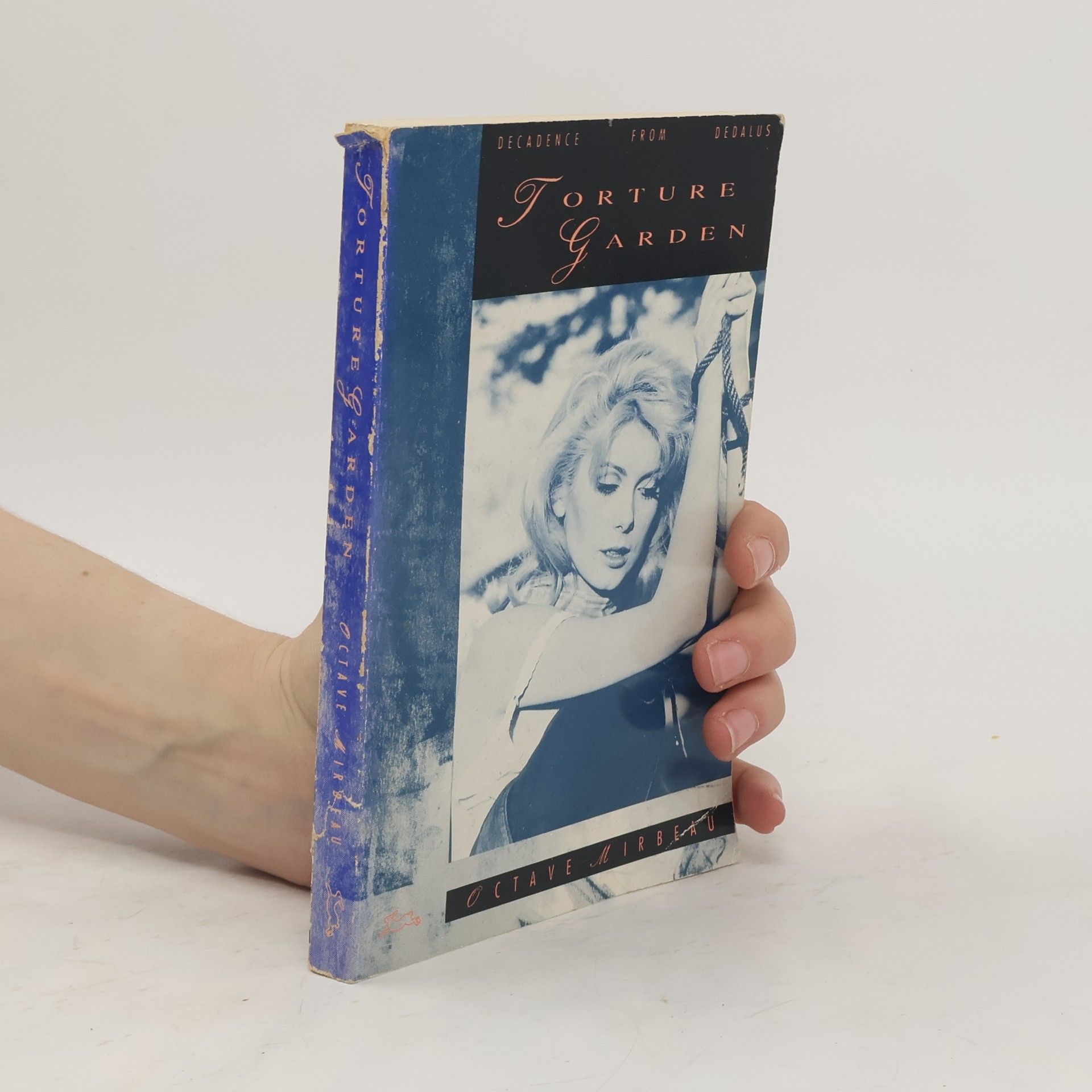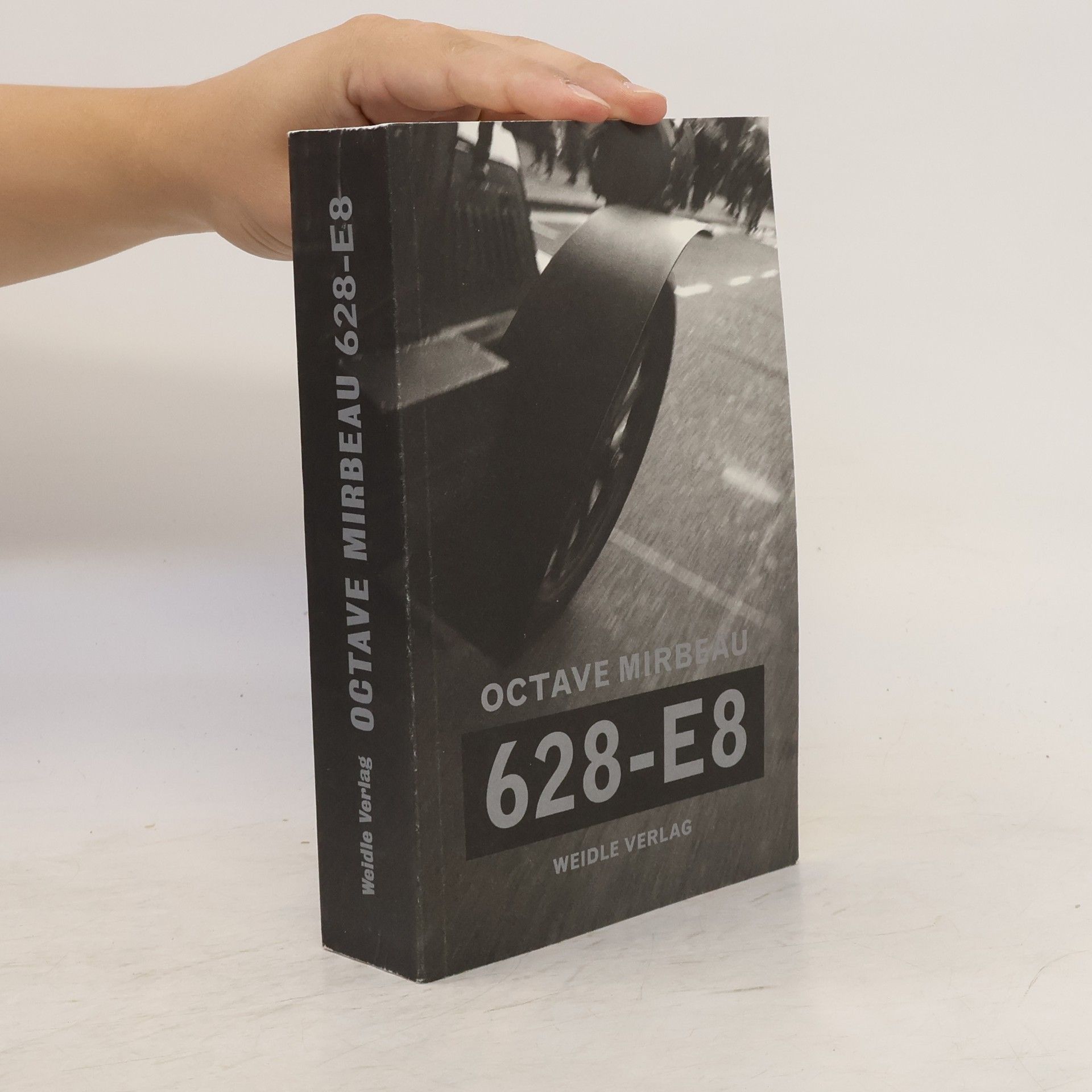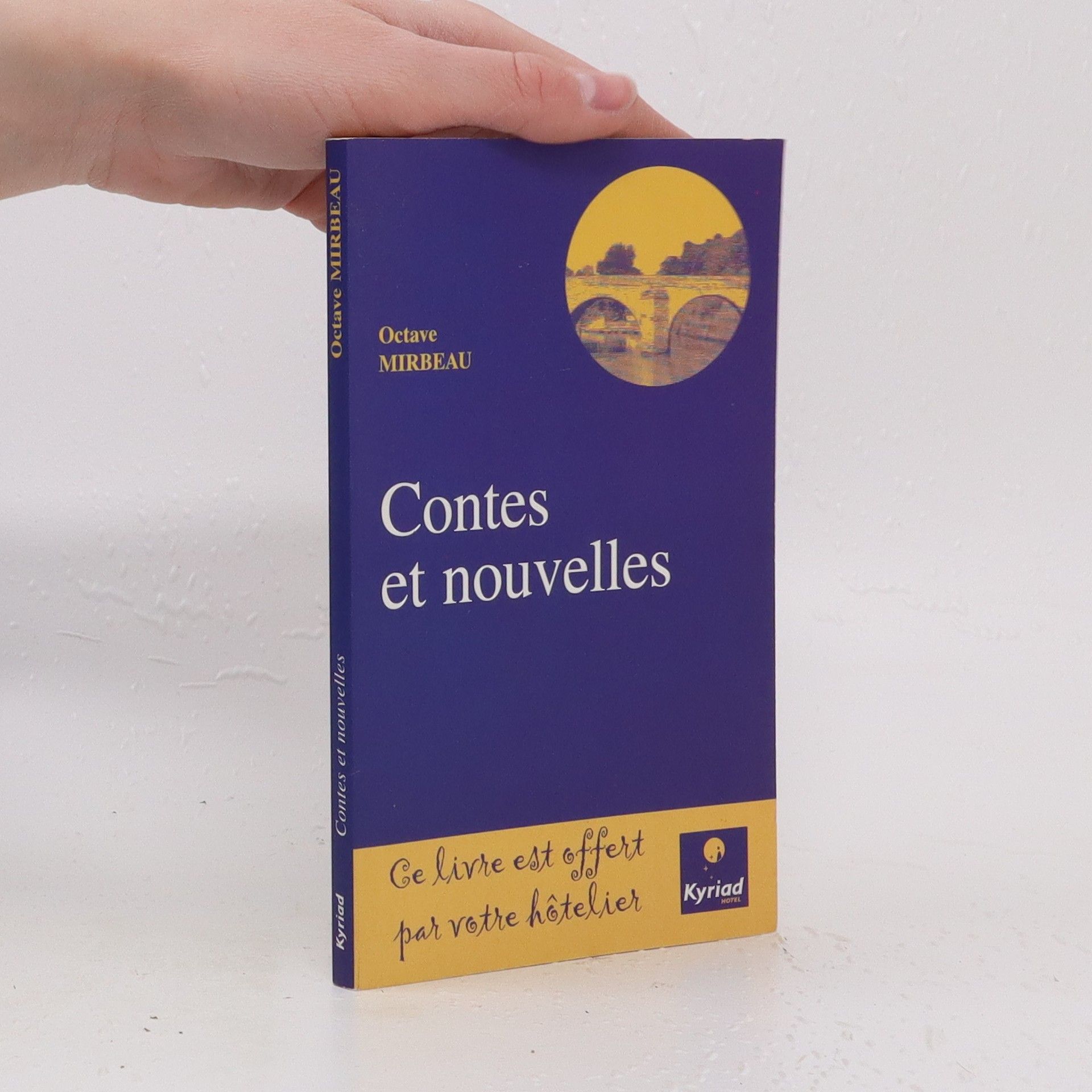Octave Mirbeau Book order
Octave Mirbeau was a celebrated French journalist, critic, and author whose work resonated widely across Europe, captivating both the general public and the avant-garde artistic community. His prolific output spanned journalism, art criticism, travel writing, and fiction, demonstrating a versatile command of various literary forms. Mirbeau's unique voice and insightful commentary earned him significant acclaim, cementing his reputation as a prominent literary figure. His enduring appeal is evidenced by the translation of his works into numerous languages.







- 2025
- 2025
Golgotha
- 396 pages
- 14 hours of reading
GOLGOTHA ist ein autobiografischer Roman, in dem Mirbeau die zerstörerische Affäre mit irgendeiner Frau romantisiert. Der Protagonist Jean Mintie, angehender Schriftsteller und von Gedanken an Größe und Schönheit getragen, ist außerstande, seine sexuellen Obsessionen zu überwinden. Von dieser Frau in den Bann gezogen und in einen Zustand depressiver Trägheit versetzt, versucht er, sein Leiden in schöpferische Energie zu wandeln – VERGEBLICH. Seine erlösende Passion folgt dem Vorbild der Leiden Christi. Darin wird das Bild des Erlösers durch die Leichen der im Liebeskampf Gefallenen ersetzt.
- 2020
CALVARY A NOVEL
- 184 pages
- 7 hours of reading
The narrative centers on Father Serge Mouret, a young priest whose idealism is tested by the hypocrisy and ethical corruption of the Catholic Church and the bourgeoisie in the provincial city of Artaud. As he navigates his spiritual journey, themes of sexual repression and the darker aspects of institutionalized religion emerge. Mirbeau's vivid imagery reveals the moral decay hidden beneath the facade of sanctity, offering a provocative critique of religious institutions and societal norms, ultimately challenging traditional morality and the pursuit of virtue.
- 2013
628-E8 nimmt eine auffällige Sonderstellung in Mirbeaus Œuvre ein: Es ist sein umfangreichstes und undefinierbarstes, sein formal dekonstruktivstes und inhaltlich skandal-trächtigstes, sein heiterstes und zugleich boshaftestes und das letzte literarische Werk, das er selbst noch vollständig abgeschlossen hat. Die eigentliche Hauptfigur darin ist nicht mehr ein Mensch, sondern eine Maschine, wenn auch mit Merkmalen eines idealen Lebewesens, ein Automobil mit dem Nummernschild '628-E8'. Und das Buch ist nicht, wie bis dahin dem literarischen Kanon entsprechend, einem Gönner, Freund oder literarischen Kollegen oder einer verehrten Dame gewidmet, sondern überraschend einem Industriellen, dem Konstrukteur dieses Luxusvehikels: Fernand Charron. Mirbeaus Buch erzählt lustvoll unchronologisch und chaotisch in einem Patchwork von Erlebnissen, Träumen, Phantasien und abschweifenden Exkursen von seiner Autoreise im Mai 1905 durch Belgien, Holland und Deutschland. Er reist mit seinem eigenen Automobil (30 PS, 4 Zylinder, 4 Gänge) samt Chauffeur und wird begleitet von seiner Frau Alice und drei weiteren Freunden (die aber nie namentlich genannt werden und nie zu Wort kommen). 'Octave Mirbeau ist der größte französische Schriftsteller unserer Zeit und derjenige, der in Frankreich den Geist des Jahrhunderts am besten repräsentiert.' Leo Tolstoi
- 2012
- 2010
Les 21 jours d'un neurasthénique
- 416 pages
- 15 hours of reading
Les vingt et un jours d'un neurasthenique / Octave Mirbeau Date de l'edition originale: 1901 Collection: Bibliotheque-Charpentier Ce livre est la reproduction fidele d'une oeuvre publiee avant 1920 et fait partie d'une collection de livres reimprimes a la demande editee par Hachette Livre, dans le cadre d'un partenariat avec la Bibliotheque nationale de France, offrant l'opportunite d'acceder a des ouvrages anciens et souvent rares issus des fonds patrimoniaux de la BnF. Les oeuvres faisant partie de cette collection ont ete numerisees par la BnF et sont presentes sur Gallica, sa bibliotheque numerique. En entreprenant de redonner vie a ces ouvrages au travers d'une collection de livres reimprimes a la demande, nous leur donnons la possibilite de rencontrer un public elargi et participons a la transmission de connaissances et de savoirs parfois difficilement accessibles. Nous avons cherche a concilier la reproduction fidele d'un livre ancien a partir de sa version numerisee avec le souci d'un confort de lecture optimal. Nous esperons que les ouvrages de cette nouvelle collection vous apporteront entiere satisfaction. Pour plus d'informations, rendez-vous sur www.hachettebnf.fr
- 2004
Schwarze Messen und Gesänge auf den Teufel: die drei Klassiker der Décadence mit dem größten Einfluß auf die Horrorliteratur des 20. Jahrhunderts erstmals in einem Band!Charles Baudelaires Gedichtzyklus „Die Blumen des Bösen“ zeigt den Menschen in seiner ganzen satanischen Verderbtheit.In Joris-Karl Huysmans’ Hauptwerk „Tief unten“ begegnet dem Schriftsteller und Satanismusforscher Durtal die geheimnisvolle Madame Hyacinthe Chantelouve, und plötzlich eröffnet sich ihm das Tor zur dunklen satanischen Welt mit wüsten schwarzen Messen ...In Octave Mirbeaus Werk „Der Garten der Qualen“ gerät ein namenloser Pariser Forscher in den Bann der jungen Engländerin Miss Clara und folgt ihr nach China. Dort führt sie ihn in den Garten der Qualen, in dem ein infernalischer Kult exzentrischer Torturen an Häftlingen und zum Tode Verurteilten praktiziert wird.
- 1999
Prchající okurka
- 161 pages
- 6 hours of reading
Ironicko-humoristické, absurdní povídky jednoho z představitelů francouzského naturalismu. Dvacet krátkých příběhů obsahuje široké spektrum námětů: od hravých historek až po hořké, jedovatě kruté pohledy do deformované lidské duše. Autor, neúnavný kritik pokrytecké morálky francouzské společnosti konce 19. století, se tentokrát představuje jako mistr černého, nejčernějšího humoru plného jízlivosti a nečekaných point. Sbírka poskytne čtenáři zábavu a hlavně zamyšlení provázené občas mrazením v zádech. Překvapivě nadčasové, zajímavé čtení vychází u nás poprvé.






